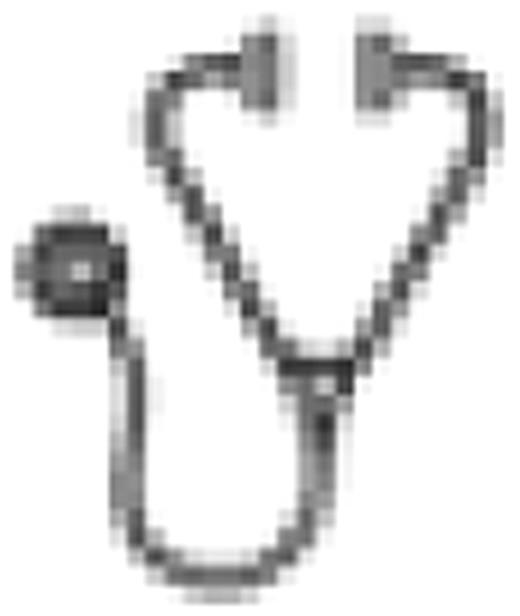Abstract
Abstract 560
EBV-associated Hodgkin's Lymphoma (HL) and some non-Hodgkin's lymphomas (NHL) express EBV proteins, which are potential targets for immunotherapy. Lymphomas arising in the immune-competent host, however, utilize multiple immune evasion strategies to evade host T cell responses. These include limited expression of EBV antigens, so that only the subimmunodominant EBNA1 and LMP1 and 2 antigens are expressed (type II latency); and production of immunosuppressive cytokines, such as TGF-ß. We first tested our hypothesis that cytotoxic T lymphocytes (CTL) enriched for specificity to LMP antigens would have efficacy in patients with EBV+ lymphoma. 36 patients with EBV+ HL and NHL received LMP CTLs generated using antigen-presenting cells genetically modified to overexpress either LMP2 alone (n=16), or LMP2 and inactive LMP1 (ΔLMP1) (n=20). No immediate toxicity was observed following infusion. Of the evaluable patients who have completed 8 weeks of follow-up, 17 were high-risk and/or multiply relapsed patients who received LMP-CTL as adjuvant treatment. 16 of 17 remain in remission for a median of 2.5 years (range 6 months to >5 years). Another 16 patients had detectable disease at the time of CTL infusion, and 11 had clinical responses (78%), including 8 (57%) complete responses. The median duration of the clinical responses is 1.5 years. However, 36% of patients with active disease were either resistant to CTL therapy (n=3) or relapsed/progressed >9 months after CTL therapy (n=2), suggesting the importance of additional tumor immune escape mechanisms. TGF-ß inhibits the growth and function of effector T cells and is secreted both by lymphoma cells and by infiltrating T regulatory cells. To test our hypothesis that the infused CTL can be made resistant to the TGF-ß produced by these tumors, LMP-CTL from 7 patients with relapsed EBV+ve HL, were transduced with a retrovirus vector encoding the dominant-negative TGF-ß type II receptor (DNR). Unlike non-transduced CTL, DNR-transduced CTL were resistant to the anti-proliferative effects of recombinant TGF-ß in vitro. These 7 CTL lines were predominantly CD45RAneg/CD62Lneg (mean 43%;range 1–86%) with a mean of 20% (range 1–48%) of T cells showing a CD45RAneg/CD62Lpos phenotype. Transduction efficiency ranged from 11–30% (median 20%). 3 patients have been treated with DNR-transduced LMP-CTL receiving a dose range of 4 to 10 × 107CTLs/m2 without toxicity. A 2–7 fold increase in EBV/LMP2 –specific T cells was seen by 3 months post CTL infusion, measured as increased numbers of T cells responding in IFN-γ Elispot assay. DNR-transduced T-cells have been detected by quantitative real-time PCR amplification in the peripheral blood of all patients for a median of 7 months (range 2 to >12) post infusion. One patient who had an incomplete response to LMP-CTL alone attained a sustained complete remission, one patient had a partial response and one patient a mixed clinical response. Hence, immunotherapy with CTL targeting LMP antigens is well tolerated in patients with EBV+ lymphoma and can induce durable clinical responses. Furthermore, for patients resistant or with incomplete responses to CTL therapy, the use of DNR-transduced CTL may be beneficial.
No relevant conflicts of interest to declare.

This icon denotes an abstract that is clinically relevant.
Author notes
Asterisk with author names denotes non-ASH members.

This feature is available to Subscribers Only
Sign In or Create an Account Close Modal